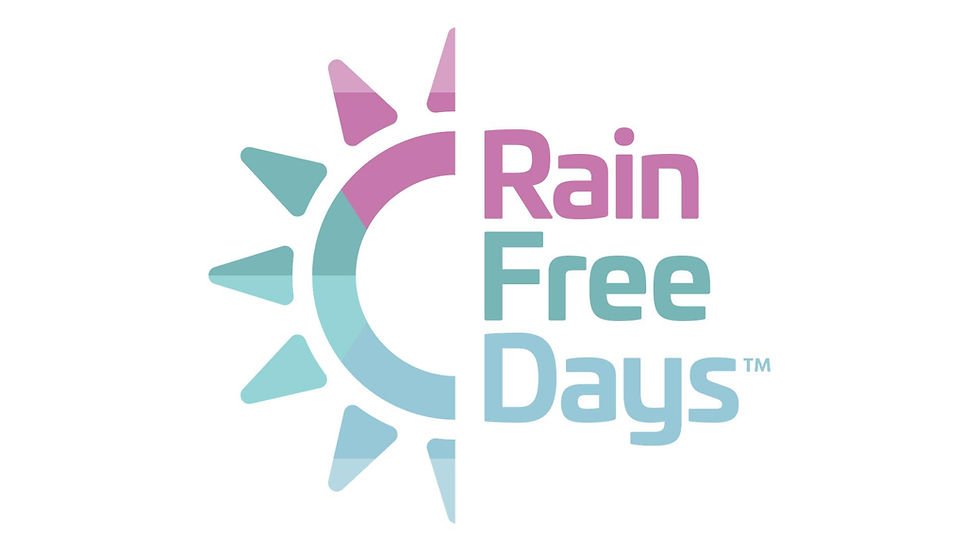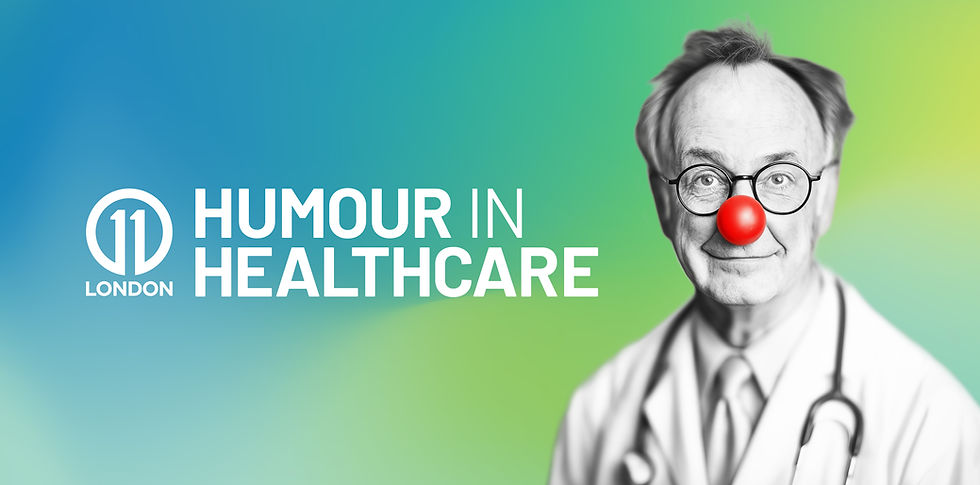Tech review: NHS COVID-19
- matthewhunt123
- Feb 14, 2022
- 4 min read
Getting letters has become one of the few excitements of lockdown, and for our Isle of Wight household, this afternoon was punctuated by a particularly interesting piece of post.

Today we received our letter from England’s Chief Nursing Officer, with instructions on how to download the new NHS track and trace app, NHS COVID-19. The app, which works via Bluetooth to inform users if they have been in proximity of someone with Covid-19, has been available to Island healthcare and council staff since Tuesday, and will be extended to the rest of the country over the next couple of weeks.
Download numbers so far are promising
It’s the government’s hope that at least half of all residents download the app for this pilot, so that they can gain meaningful results from the trial. So far, the numbers look promising with 30,000 residents downloading the app, after 40,000 letters were sent out. Island MP, Bob Seely, has assured residents that everyone on the Island will receive their letter by Monday. 28 people who have said they have coronavirus symptoms have reported it through the app to date.¹
An Island view:
As a copywriter for a healthcare and health-charity focused advertising agency, I’m admittedly geekier than most when it comes to analysing public health communications and direct mail pieces, so here’s my hot-take on the app, and its accompanying materials.
Public health communications – the letter and the leaflet
All in all, the letter and leaflet were clear, simple, and easy to follow. In encouraging us to take this opportunity ‘to play a vital role in the national effort to beat coronavirus’, the letter echoes a lot of the ‘war-time’ language that has saturated much of political rhetoric and journalistic reporting of late. Having the letter signatories of Dr Ruth May and Maggie Oldham give the app and letter an undeniable sense of credibility which should go some way to engendering trust and encouraging downloads.

App accessibility and user experience
Our household of mixed ages and neurodiversity has now downloaded the app. My mother managed without trouble and my younger brother, who is on the autistic spectrum, needed some support but is now fine.
For obvious reasons, the app’s interface is pretty simple. It has one main page, where users are asked ‘How are you feeling today?’ and given the one option of reporting ‘I feel unwell’ which is followed by ‘I have a high temperature or continuous cough and want to know what to do next’.
How does it compare to other symptoms-tracking apps?
Like almost 3 million others, I’ve been using ZOE, a Covid-19 symptom tracking app developed by Kings College London to help researchers understand the spread of the pandemic.
Aside from the Bluetooth element, the main difference between ZOE and the NHS app are the options for self-reporting of symptoms. Whilst ZOE gives the user an extensive list of possible symptoms, the NHS app limits reporting options to the ones that have been engraved on all of our minds – a high temperature, and a continuous cough.
Whilst this may look a little blunt, this limitation does ease the worry of the potential for any over-zealous self-reporting that could lead to individuals being asked to isolate unnecessarily.
Questions and concerns?
None from me, as of yet - it all seems pretty straightforward. However, some of our local friends and neighbours are less convinced. The most common answer I’ve received from people who are reluctant to download the app it is simply that they don’t see the point. At the moment, they aren’t going out and don’t intend to anytime in the near future for personal health reasons. The second most common factor is a lack of trust in the government and concerns around their data and privacy.
Unsurprisingly, social media discourse over the app is full of conflict. I suspect that there is still a long way for the government to go in terms of winning over the trust of the general public. They have not, as yet, published the Data Protection Impact Assessment (DPIA) of the app itself, which does not help to alleviate public fears. Ian Levy, the technical director of the National Cyber Security Centre, has also reported on a number of ways that malicious individuals could seek to undermine the system.²
As ever, none of this is ideal. However, as with many challenges that come with this pandemic, we have a duty as individuals to weigh up the evidence available and act in a way that protects the collective.
I also approached a couple of friends of the family who work for the NHS, but many of the Island’s NHS workers have been advised not to speak about the app directly to the press, so we’ll have to wait to get an update on how staff are finding it.
Conclusions
In general, our contact with other people is totally minimal, with the exception of our fortnightly trip to a bigger supermarket in town. Whilst this may change slightly as of Sunday’s announcement, I think it will take a lot to convince people locally that it is safe to go out any more than they absolutely have to.
As for our own potential for Bluetooth encounters, I don’t expect to be in close proximity to anyone until we go ‘out, out’ to ASDA over the bank holiday weekend – we’ll keep you posted.
References
1. https://www.islandecho.co.uk/30000-people-download-new-coronavirus-tracing-app-on-the-isle-of-wight/
About 11 London
11 London is an advertising and communications agency, based in West London. We work in the areas of health and humanity - with organisations, brands or products that improve or prolong life. To learn more about 11 London, please contact: matthew.hunt@11-london.com




